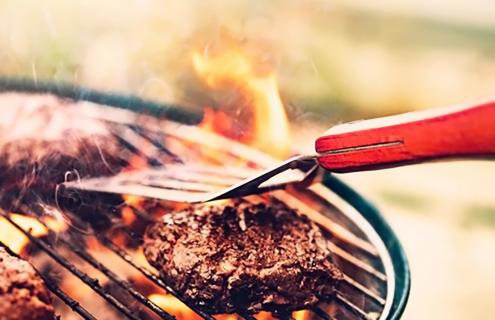
With the rise in restaurant dining and changes in eating habits over the last few decades, many of us don’t have a clear understanding of what a heart-healthy, nutritious serving of food should look like. The American Heart Association offers the following recommendations. Find out more at heart.org.
Grains: ½ cup cooked rice, pasta, or cooked cereal; 1 oz dry pasta or rice; 1 slice bread; 1 cup ready-to-eat cereal flakes
Vegetables: 1 cup equivalent of vegetables is 1 cup raw vegetable or vegetable juice, 2 cups leafy salad greens
Fruits: 1 cup equivalent is 1 cup fruit or ½ cup of fruit juice (orange juice, etc) or 1/3 cup of a fruit juice blend.
Protein Foods (Meat, Poultry, Fish, Dry Beans and Nuts): 1 oz equivalent is 1 oz lean meat, poultry, or seafood; 2 egg whites or 1 egg; ¼ cup cooked beans; 1 Tbsp peanut butter; ½ oz unsalted nuts/ seeds. Note that ¼ cup cooked beans = 1 oz protein equivalent but ½ cup cooked beans = 1 vegetable.
Dairy Foods (Milk, Yogurt and Cheese): 1 cup equivalent is 1 cup milk or yogurt, 1½ oz natural cheese such as cheddar cheese, or 2 oz processed cheese
Another way to think of it:
- One cup of raw leafy vegetables or a baked potato should be about the size of a small fist.
- Three ounces of cooked lean meat or poultry is about the size of a deck of cards.
- A teaspoon of soft margarine is about the size of one die.
- An ounce and a half of fat-free or low-fat cheese is about the size of four stacked dice.